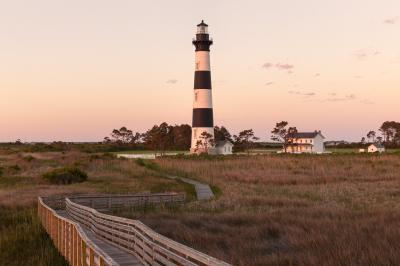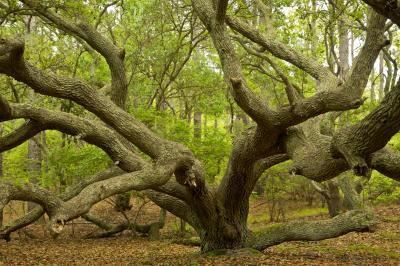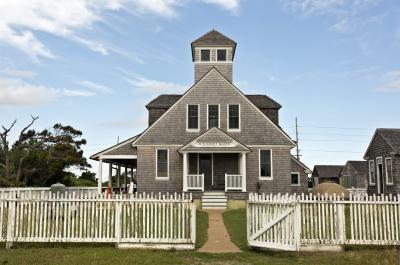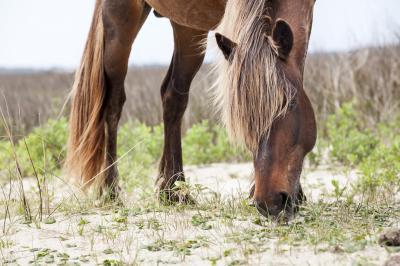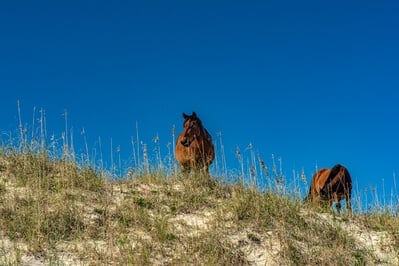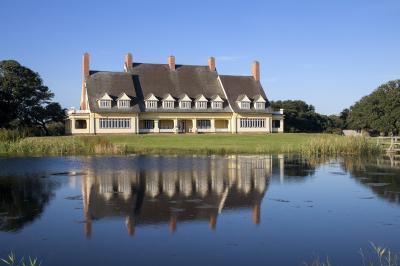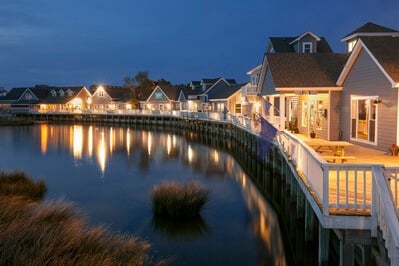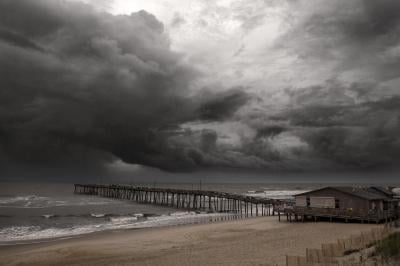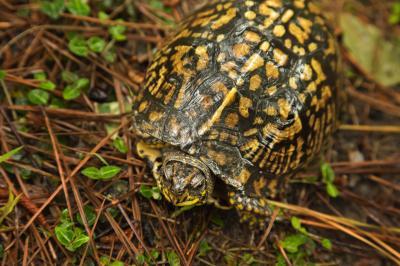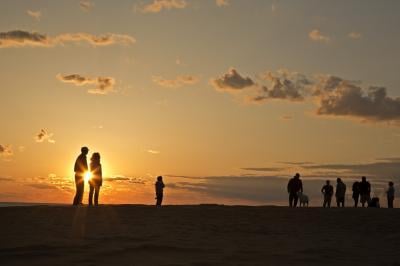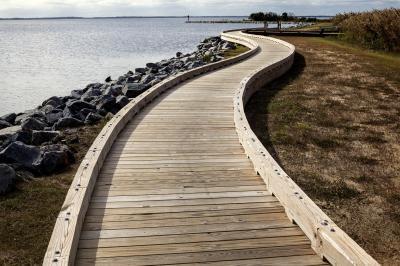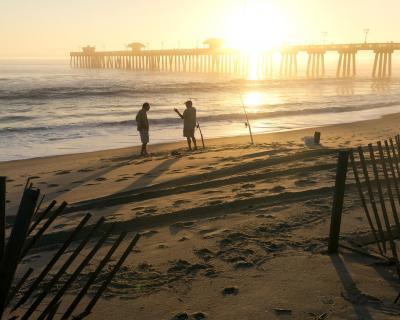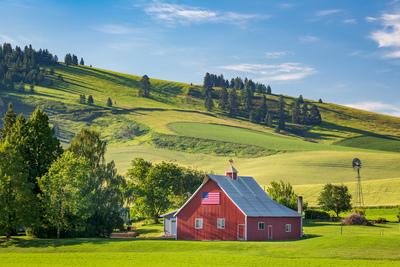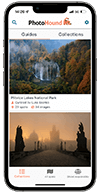The photography guide to
 Outer Banks
Outer Banks
Outer Banks photography guide
Our contributors have added 34 photo spots to this Outer Banks photo guide. Have you discovered an amazing new location in Outer Banks?
Introduction
The Outer Banks, commonly abbreviated as OBX, are a sunny, sandy string of coastal barrier islands with lots of variety including some of the last undeveloped beaches and largest sand dunes on the East Coast, six lighthouses, marinas, maritime forests, estuaries and wild horses.
The Outer Banks offer an endless variety of outdoor activities such as 4 x 4 beach driving, surf fishing, surfing, kayaking, jet skiing, bird watching and wild horse viewing to name but a few.
It was on the Outer Banks that the first English Colony in the New World was built at Roanoke in 1587. Three years later, when a ship came back to the colony, everyone had disappeared. The mystery of what happened to these people has never been solved. There are also fascinating stories of the many shipwrecks along the Outer Banks and the Life Saving Service that was developed to help rescue as many of the victims as possible. Even notorious pirates such as Blackbeard have a place in the history of this coast.
The story of the wild Banker Horses is fascinating. It is believed that the horses escaped or were off-loaded to lighten Spanish ships caught on the constantly shifting sandbars. The horses survived and increased in numbers until the area became a popular vacation spot and people started building houses all across the Outer Banks. Today only a small number of Banker horses remain, generally in wildlife reserves and along national seashores.
Over the years the shifting sands have changed the shape of the Outer Banks. as well as the fate of towns such as Portsmouth. Of course, it should not be forgotten that Orville and Wilbur Wright chose the Outer Banks to make their first airplane flights.
The Outer Banks are open year round, but best visited from April through October with more services available May through September. June, July and August may be very busy.
This guide covers the Outer Banks of North Carolina from the Virginia border south to Atlantic Beach. This includes the busy tourist towns at the northern end of the Outer Banks south through the Cape Hatteras National Seashore and the Cape Lookout National Seashore, ending at historic Fort Macon. The lighthouses may be photographed at any time of year, but the interiors are not open during the off-season.
For beach driving, obtain a permit from the national seashore office for Cape Lookout and Cape Hatteras. If interested in fishing or photographing fishermen, head to a marina and talk to a charter boat captain or go to a fishing pier for tackle and gear hire.
Most popular Outer Banks photo spots
Top Picks
The following is a list, from north to south, of locations on the Outer Banks that should not be missed.
- Corolla; the Currituck Beach Light Station and the Whalehead Club.
- The Wright Brothers National Memorial at Kitty Hawk.
- Jennette's Pier at Whalebone Junction.
- Bodie Island Light Station
- Cape Hatteras Lighthouse in Buxton
- Shackleford Banks for viewing the wild horses.
- Cape Lookout Lighthouse
Travel
If visiting the Outer Banks from June through August, book lodging or campsites months ahead of your planned travel time. For lodging try: https://www.outerbanks.org/where-to-stay/ or any of your favorite travel sites such as Expedia, Trivago or Kayak.com. For campgrounds try: http://visitob.com/category/campgrounds. Reserve sites in Cape Hatteras National Seashore at Recreation.gov or by calling 1-877-444-6777. Check the website for Cape Lookout National Seashore to determine the challenges and opportunities for island camping.
Small boat service out to Cape Lookout or Portsmouth is very limited during the late fall and winter months.
The Outer Banks weather is known for its rapid changes. During the summer months visitors should expect very warm temperatures and high humidity during the day. Thunderstorms are frequent and a danger to anyone who lingers on the beach. During the winter months there may be a bone-chilling wind and occasionally it even snows. As long as you come prepared for the elements, the changeable weather can offer endless photographic opportunities. Finally, June through November is hurricane season. A trip to the Outer Banks, when a hurricane has been forecasted, should not be considered.
Bring a rain jacket in all seasons. For camera gear, bring what you have and wish you had more. Always carry your tripod and all your lenses from wide angle to long telephoto. Do not leave your Perspective Control lens at home, it is ideal for straightening those tall lighthouses.
The Outer Banks have excellent mobile network coverage and access to the internet. If you are staying in accommodations, there should be adequate outlets to plug in all of your mobile devices. However, the Outer Banks campgrounds lack secure recharging stations for your batteries. Bring a variety of car chargers that will work with whatever kind of rent-a-car you get.
Either drive your own car to the Outer Banks or fly into Raleigh Durham International Airport and rent a car. A bus service has not yet arrived at the Outer Banks.
Events
Early June, look for the Rogallo kite festival held on the dunes at Jockey Ridge State Park. Mid-July there is another colorful kite festival at the Wright Brothers National Memorial in Kitty Hawk. In the third week of September, the Eastern Surfing Championships may be viewed from Jennette's Pier.
Links
A general look at the weather and seasons on the Outer Banks
Daily weather forecasts on the Outer Banks
Visit Montana - Glacier
Explore more photo spots in United States
If you want to explore beyond Outer Banks, we have 1837 photo spots and 15 events that you can visit in United States.
Curated By
T. Kirkendall and V. Spring Curator
We hope you enjoy this guide to photographing Outer Banks - don't forget to share your images on PhotoHound and tag us on social media using hashtag #photohound
